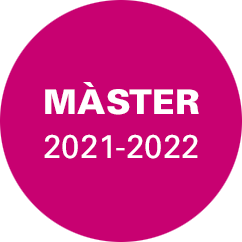APPROACH AND CONTEXT
The Literary Circle was the year 1860 in the city of Vic, he maintained, with limitations and ups and downs, an institutional and regular academic activity until the turn of the century, at which time this was practically sold out at all after their drag a few years of sluggishness. By the way was the wake of hundreds of conferences on different topics, the poetic-musical evenings, the creation of the Academy of the Catalan language, the screening of various education chairs, the organisation of events, the creation of a Museum in 1877 that, over time, end up forming part of the original constituent collection of the Museu Episcopal de Vic, the formation of a library of about eight thousand volumes, etc. The people of greater professional and cultural highlights of the city formed part and the entity became important in the promotion of local cultural life. The trajectory of the entity reveals the aim of encouraging the instructive entertainment by reading, the public debate, the exhibition and the concert of concerts, but also provide a platform for intervention in the immediate area.
The trajectory of the entity is part of a historical contexts and dynamics that to some extent they determine your character and marked the tone of their initiatives. The aim of the assertive research and analysis has been set up that particular conjuminessin the institutional dynamics of the institution and the local-regional, to assess with precision the profile of the protagonists of the effort and institucionalitzador determine the nature and scope of its activities, initiatives and interests. In this sense, we can not neglect that the creation of the Literary Circle is inscribed in the historical context in which the city of Vic was immersed in a demographic and economic crisis related to the difficult transformation adapta tiartisan industry and traditional agriculture in the new order of things, with the movement of labour and capital towards the marina and emerging centres of the banks of the Ter benefited by hydraulic force….



